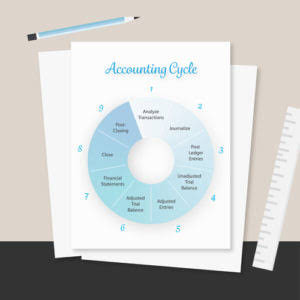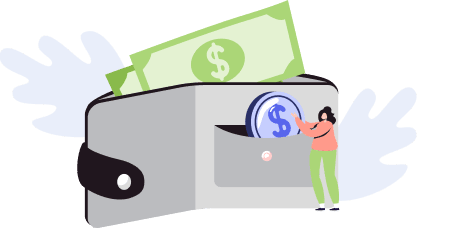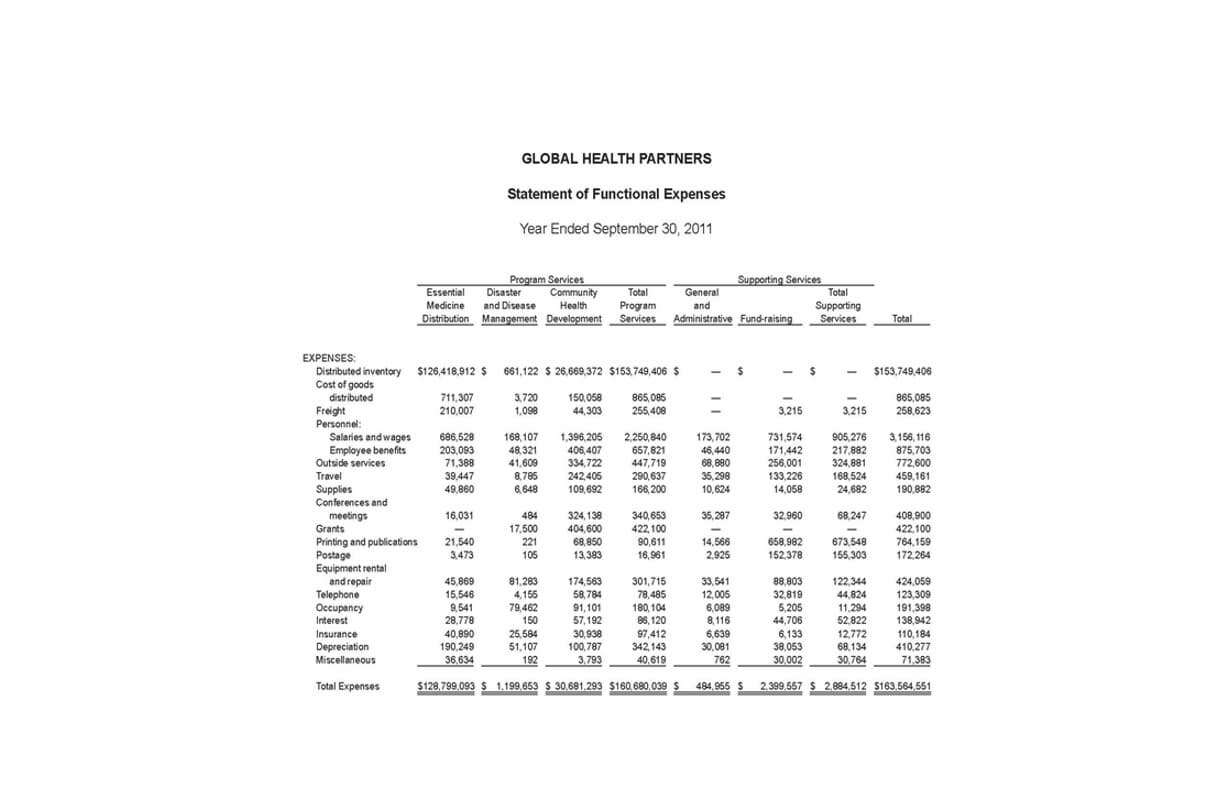
Bench simplifies your small business accounting by combining intuitive software that automates the busywork with real, professional human support. Thanks to our well-designed and well-thought-out templates, you can now anticipate that your work will become simpler. A HVAC Bookkeeping template can be used for multiple actions, including invoices, quotes, purchase orders, back orders, bills, and payment receipts.
Would you prefer to work with a financial professional remotely or in-person?

Once the debt amounts are totaled along with the assets, the debts would be divided by the assets as shown in the formula below. Founded in 1993, The Motley Fool is a financial services company dedicated to making the world smarter, happier, and richer. For information pertaining to the registration status of 11 Financial, please contact the state securities regulators for those states in which 11 Financial maintains a registration filing.
Loved by brands, trusted by analysts
- Overall, the debt ratio helps investors, analysts and lenders better understand the financial risk level of a company’s acquired debt.
- Here, Company ABC’s debt ratio is 1.33, signifying that its total debt exceeds its total assets, indicating a high level of leverage and financial risk.
- It compares total liabilities to shareholders’ equity, indicating how much debt a company uses to finance its operations.
- Understanding how to interpret debt ratio is crucial for making informed financial decisions and assessing a company’s financial health.
- However, they differ significantly in their debt ratios, leading to contrasting financial profiles.
- This is because the value derived helps them understand how likely those entities are to go bankrupt in the event of consecutive defaults.
- This is an important indicator of a company’s financial condition and makes the debt ratio an important representation of a company’s financial condition.
Upgrade to one of our premium templates when needed and take your work to the next level. Looking to streamline your business financial modeling process with a prebuilt customizable what are retained earnings template? Say goodbye to the hassle of building a financial model from scratch and get started right away with one of our premium templates. Get stock recommendations, portfolio guidance, and more from The Motley Fool’s premium services.

Importance of debt to capital ratio

Adam Hayes, Ph.D., CFA, is a financial writer with 15+ years Wall Street experience as a derivatives trader. Besides his extensive derivative trading expertise, Adam is an expert in economics and behavioral finance. Adam received his master’s in economics from The New School for Social Research and his Ph.D. from the University of Wisconsin-Madison in sociology. He is a CFA charterholder as well as holding FINRA Series 7, 55 & 63 licenses. He currently researches and teaches economic sociology and the social studies of finance at the Hebrew University in Jerusalem.
- As discussed earlier, a lower debt ratio signifies that the business is more financially solid and lowers the chance of insolvency.
- When the total debt is more than the total number of assets, it depicts that the company has more liabilities than assets.
- Whether assessing investment opportunities, evaluating creditworthiness, or formulating business strategies, debt ratio analysis provides a clear picture of a company’s leverage and solvency.
- The D/E ratio does not reflect these subtleties, making it an incomplete measure of financial risk.

To calculate the debt ratio, divide the total liabilities by the total assets. Your company’s total debt is the sum of that debt and other financial obligations. Examples of total debt are wages, credit card debt, utilities, or invoices to be paid. Users add all company’s assets to get the total assets and find the sum of the debt for the total debt they possess.

A debt ratio of 2 means that the company has 1 unit of capital for every 2 units of debt. The first group to use this debt ratio is the top management of the company, which is directly responsible for the development or reduction of the company. Based on this indicator, top management recognizes whether the company has sufficient resources to meet its obligations. It gives a fast overview of how much debt a firm has in comparison to all of its assets.
- Conversely, a low ratio suggests a conservative financial structure with less reliance on debt.
- The first group is the company’s top management, which is directly responsible for the expansion or contraction of a company.
- It’s up to you to decide whether or not to include them when calculating a company’s debt ratio.
- You will get a better understanding of this in the formula, for example, and deep analysis below.
- In, conclusion achieving a balanced approach to debt management involves understanding and maintaining an optimal debt ratio.
- The greater the proportion of debt, the more a company relies on borrowed funds, which might be a cause for concern.
Armed with this knowledge, stakeholders can make more informed decisions, mitigate financial risks, and drive sustainable growth. To calculate the debt ratio, first add up all of a company’s short-term and long-term debt obligations, the debt ratio is used including loans, bonds payable, notes payable, leases, and any other outstanding debts. Then, total all of the company’s assets, including cash, accounts receivable, inventory, investments, property, plant and equipment, and any other assets.

